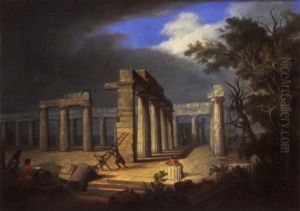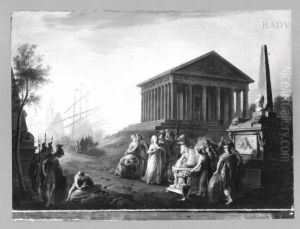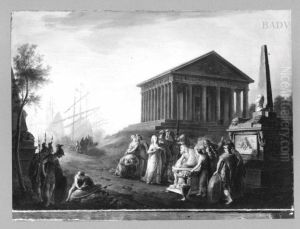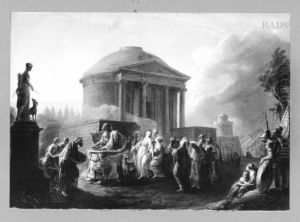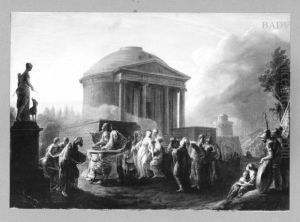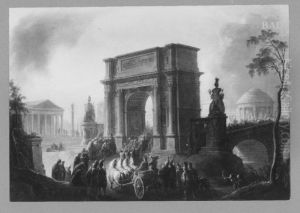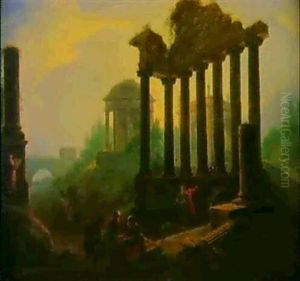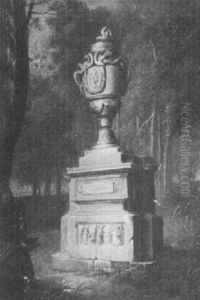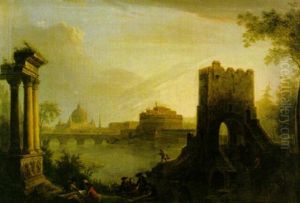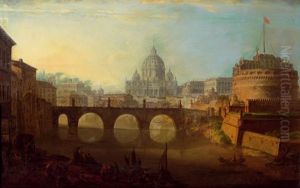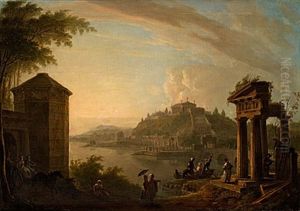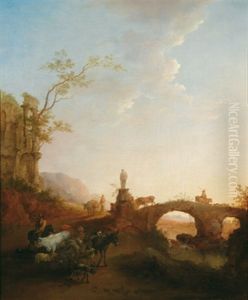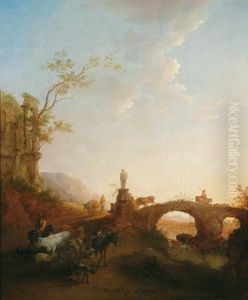Vinzenz Fischer Paintings
Vinzenz Fischer was an Austrian painter and printmaker known for his landscapes, still lifes, and portraits. Born on January 28, 1889, in the town of Pernitz in Lower Austria, Fischer began his artistic training at a young age. He was initially educated at the School of Applied Arts in Vienna where he was influenced by the Secessionist movement, which sought to break away from the traditional academic art of the time.
Fischer's early work was characterized by a strong sense of line and form, which was typical of the Secessionist style. However, as he developed his own voice, he began to focus more on color and the play of light in his paintings. His landscapes often depicted the Austrian countryside, capturing the changing seasons and the rural way of life with a deep sense of empathy and warmth.
During World War I, Fischer served in the Austro-Hungarian Army, which interrupted his artistic career. After the war, he returned to painting and was active in the Austrian art scene. He became a member of the Hagenbund, a group of Austrian artists that included many avant-garde figures of the time. This association brought him into contact with other influential artists and helped him to further develop his style.
Fischer's work was well-received, and he participated in numerous exhibitions throughout Austria and Germany. Despite the difficult interwar period and the subsequent annexation of Austria by Nazi Germany in 1938, Fischer managed to continue working, although the political climate of the time inevitably affected the art world in Austria.
After World War II, Fischer's art became more introspective. He continued to paint, but his later works often reflected a sense of melancholy and loss, possibly due to the devastation inflicted by the war on his homeland and its culture. Despite this, his commitment to his art never wavered, and he continued to find beauty in the world around him.
Vinzenz Fischer died on August 16, 1981, in Vienna. His contributions to Austrian art were significant, and his works can be found in various collections and museums. Throughout his career, he remained dedicated to his vision, capturing the essence of his subjects with sensitivity and a unique artistic voice.
